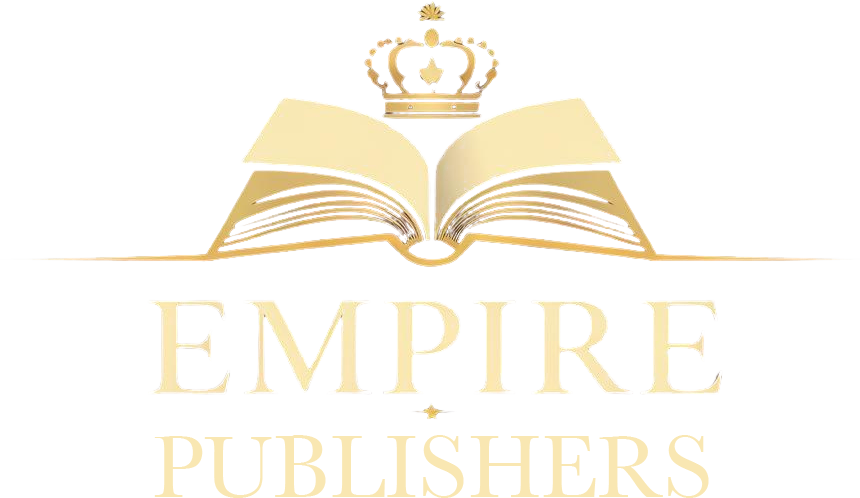Introduction
You’ve written a book — now what? One of the biggest decisions you’ll face as an author is how to publish it. In 2025, you have more options than ever before, but that also means more confusion. Should you go the traditional publishing route, chasing a book deal? Or should you take control and self-publish on platforms like Amazon KDP?
This guide breaks down both options clearly — pros, cons, timelines, costs, and real-world considerations — so you can decide what’s truly best for you.
What Is Traditional Publishing?
Traditional publishing involves working with an established publisher (like Penguin Random House, HarperCollins, etc.) who handles the costs, editing, design, printing, and distribution of your book.
Process:
- Find a literary agent (optional but usually required).
- Submit your manuscript.
- Wait — and hope — for acceptance.
- Sign a contract and give up some rights.
- The publisher produces, distributes, and markets your book (to varying degrees).
What Is Self-Publishing?
Self-publishing means you are the publisher. You control everything — content, design, pricing, royalties, and marketing. You can publish your book directly on platforms like:
- Amazon KDP
- IngramSpark
- Draft2Digital
- Kobo Writing Life
- Google Play Books
You front the costs, but you also get higher profits and full control.
Side-by-Side Comparison: Traditional vs Self Publishing (2025)
| Feature | Traditional Publishing | Self-Publishing |
|---|---|---|
| Control | Low (publisher decides on title, cover, pricing) | High (you control every detail) |
| Upfront Cost | $0 (publisher pays) | Varies ($0 to $5,000+) |
| Royalties | 5–15% of net sales | 35–70% of list price |
| Time to Publish | 12–24 months | As fast as a few days |
| Marketing Support | Limited unless you’re a big-name author | 100% on you |
| Prestige | Higher (still valued by media/libraries) | Growing but less traditional clout |
| ISBN Ownership | Publisher-owned | You own it (if purchased) |
| Rights | Publisher controls some or all | You retain full rights |
Pros and Cons of Traditional Publishing
✅ Pros
- No upfront cost.
- Editorial team improves quality.
- Better chances for mainstream media, book awards, and bookstores.
❌ Cons
- Difficult to get in (especially for first-time authors).
- Long timelines (1–2 years minimum).
- Less creative and financial control.
- Risk of rejection — no guarantee you’ll get published.
Pros and Cons of Self-Publishing
✅ Pros
- Full control over every aspect.
- Quick to market — days or weeks, not years.
- Higher royalty rates.
- Great for niche markets, series authors, and entrepreneurs.
❌ Cons
- You pay upfront (editing, cover design, ads).
- You do all the marketing unless you hire help.
- No gatekeeping — you need to ensure quality on your own.
What About Hybrid Publishing in 2025?
Hybrid publishing blends both worlds — you pay for publishing services, but retain more control and royalties than traditional deals. Be careful: many vanity presses disguise themselves as hybrid publishers.
👉 Always ask:
- Who owns the rights?
- Are royalties fair?
- Are services itemized?
- Do they have a track record?
If the publisher profits more from selling you services than selling your book — walk away.
When Traditional Publishing Makes Sense
Choose traditional publishing if:
- You have time and patience.
- You want prestige or industry recognition.
- You don’t want to manage every detail yourself.
- You have a high-concept book (e.g. memoir, non-fiction with a unique angle).
When Self-Publishing Is the Better Option
Choose self-publishing if:
- You want full control over your work.
- You’re a fast writer or have a series.
- You write for a niche or underserved market.
- You’re an entrepreneur or speaker using the book for brand-building.
- You want to test your book before pitching it to agents (hybrid strategy).
Real Talk: What’s Happening in 2025
- Self-publishing is no longer a second-tier choice. Many bestselling authors are indie.
- AI and automation have made self-publishing easier and cheaper than ever.
- Readers care more about quality than who published your book.
In 2025, readers find books on Amazon, BookTok, Instagram, YouTube, and podcasts — not bookstore shelves. Traditional publishers still matter, but they’re no longer the gatekeepers they once were.
FAQ
Is self-publishing worth it in 2025?
Yes — if you’re willing to invest in editing, design, and marketing. Many indie authors are earning a full-time income from self-publishing.
Can I do both?
Yes. Many authors start self-published and later get traditional deals (or vice versa). Rights are key — keep control of your work.
Is traditional publishing dying?
No, but it’s shifting. Publishers are more selective. They want authors with platforms or viral potential. Self-publishing fills the gap.
Conclusion
There’s no one-size-fits-all answer. Traditional publishing may offer credibility and support, but self-publishing gives you speed, freedom, and bigger royalties. The best publishing path is the one that matches your goals, resources, and mindset.
🎯 Still undecided? Download our free “Publishing Path Quiz” to find out which route fits you best in 2025.



